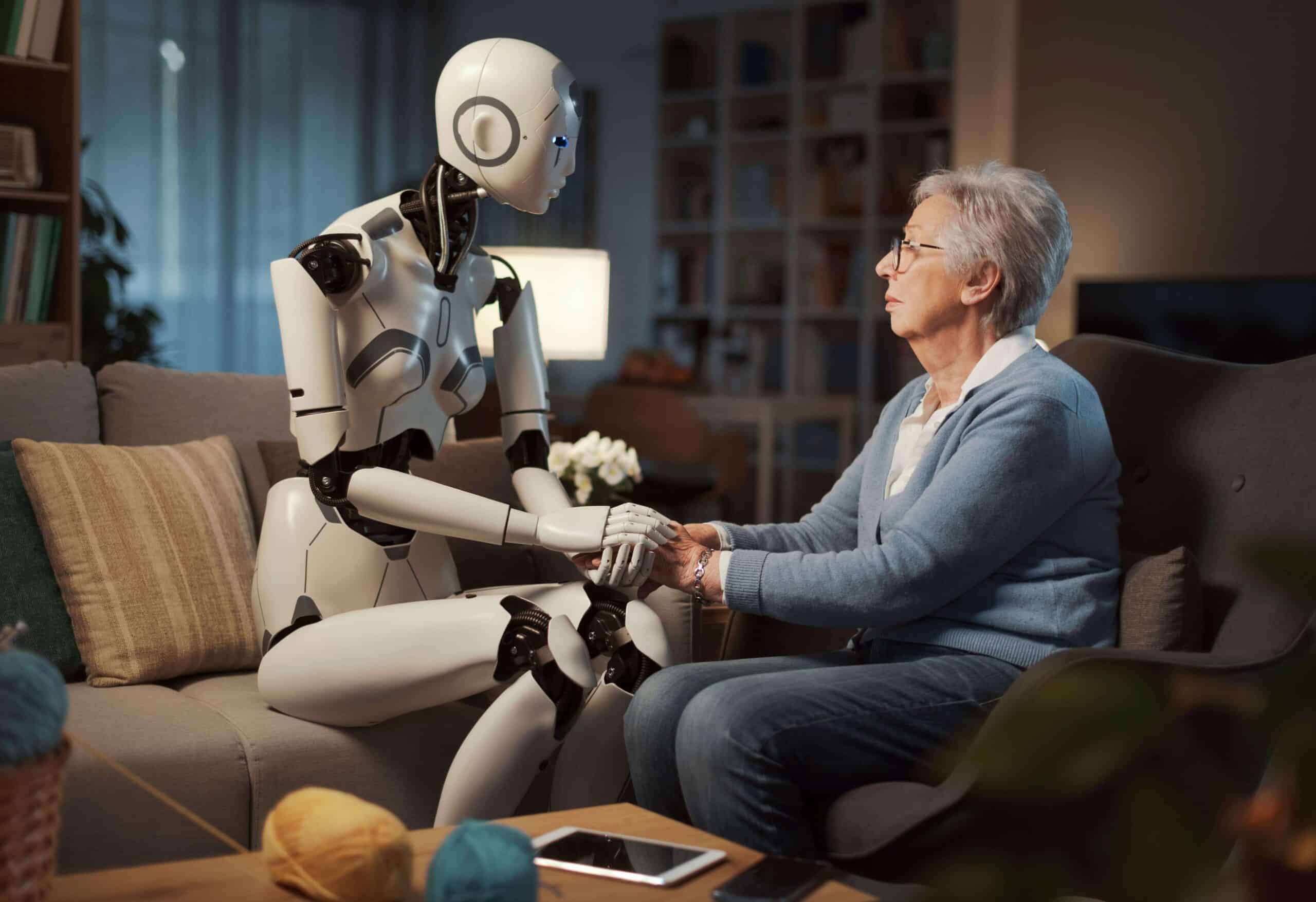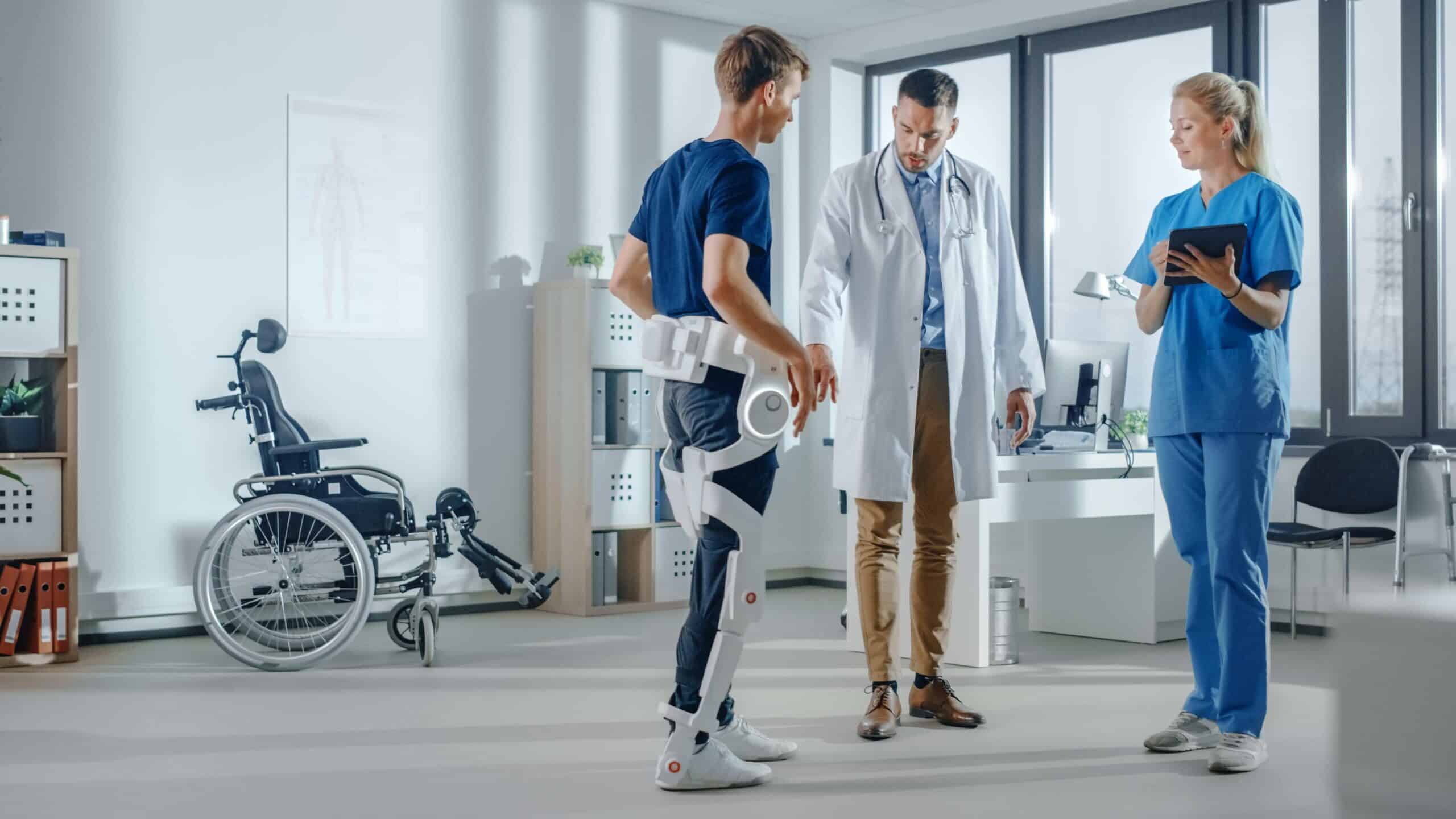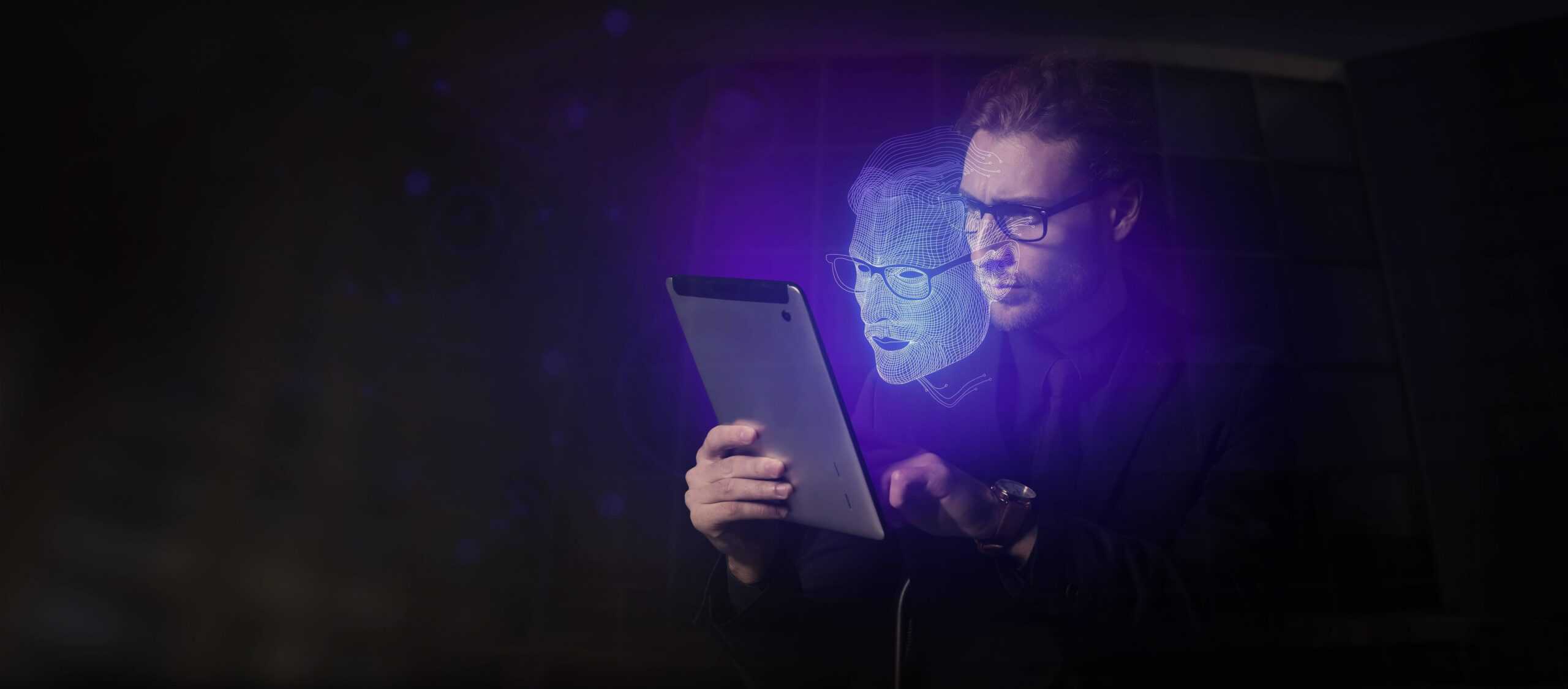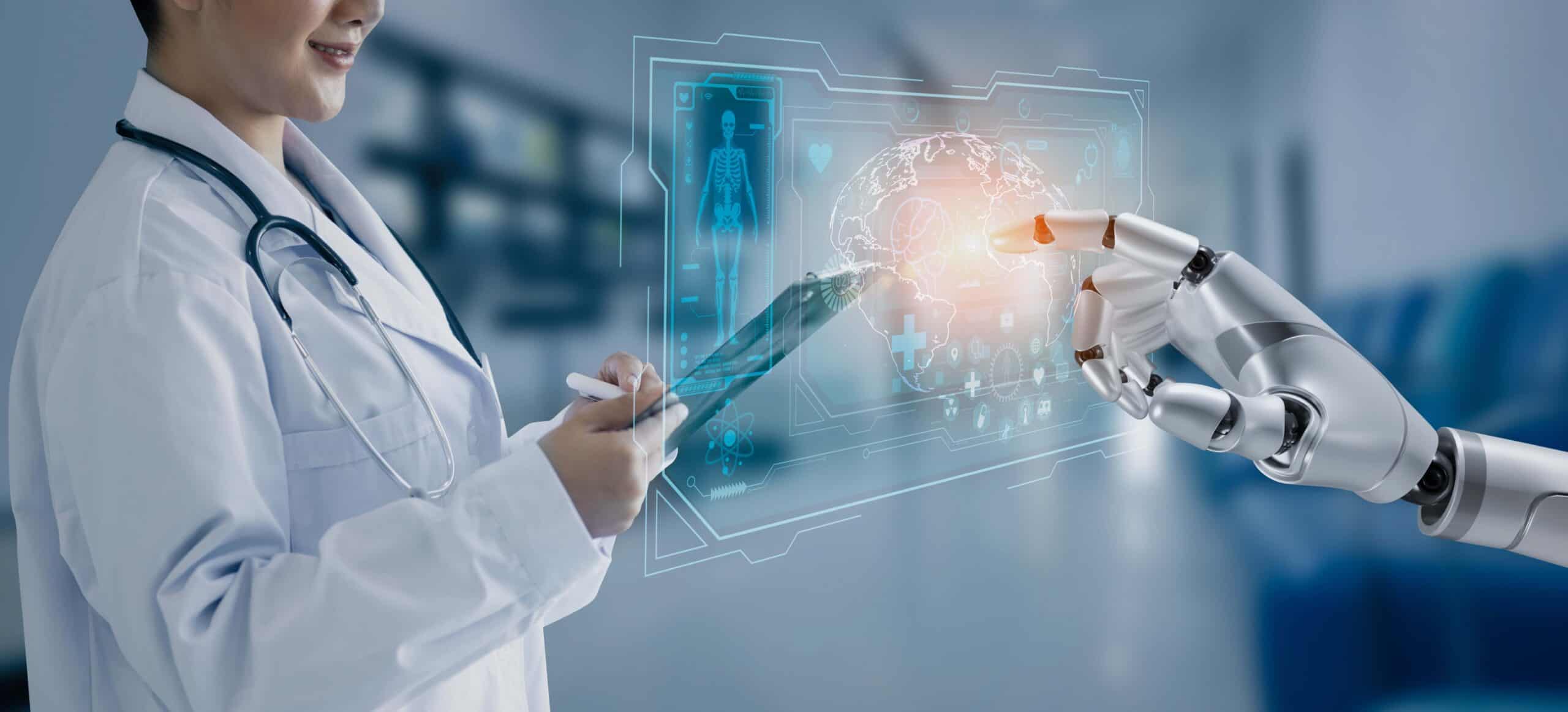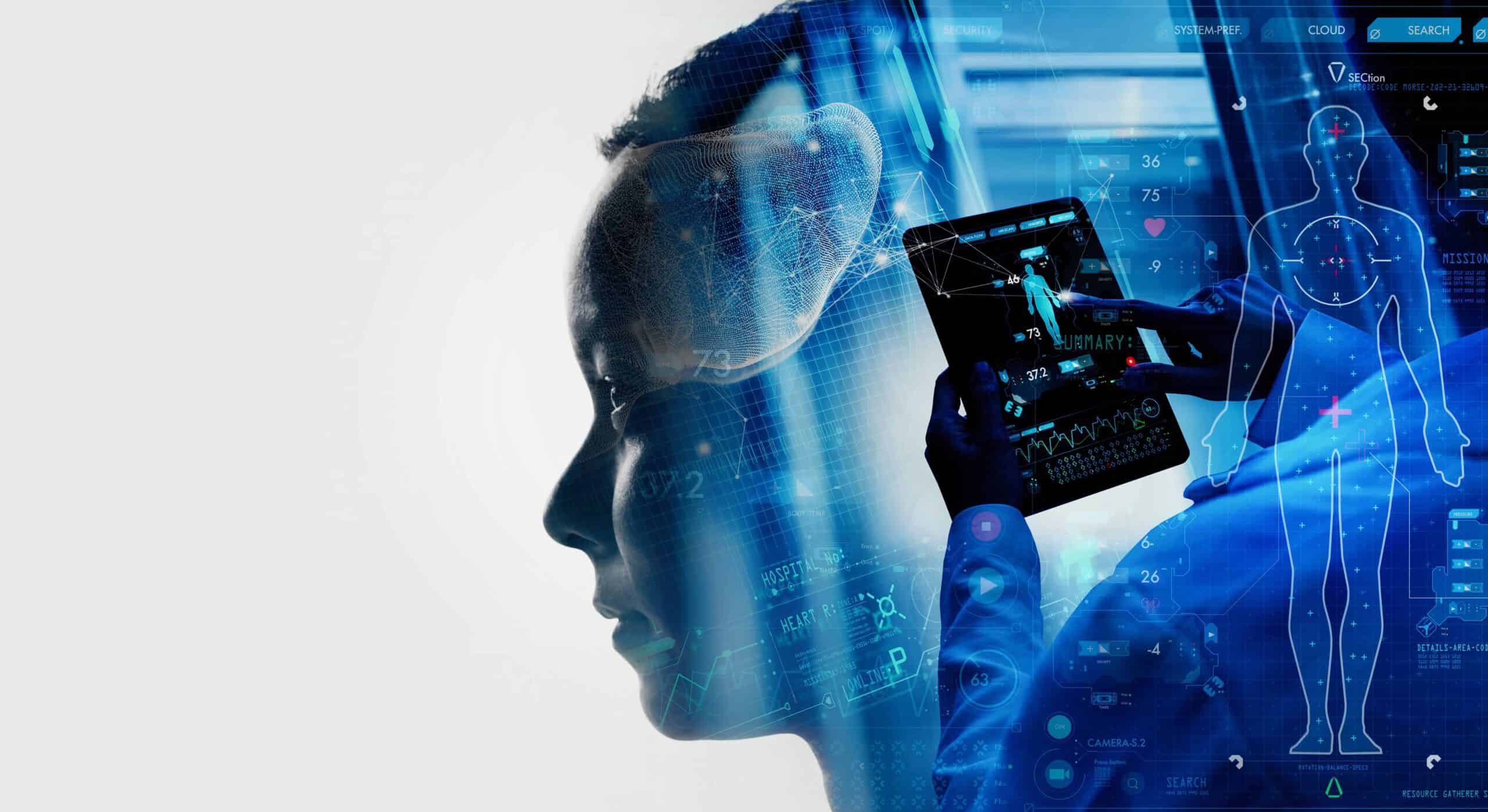- The first successful human-animal hybrid was created in 2017
- Does this offer a potential cure for diabetes and other organ-related illnesses?
- The road to 1 per cent will be tough going
- Some have raised ethical concerns, but it’s not clear they understand the tech
The world is facing a growing shortage of organs for transplant, and that’s a deadly problem. According to the Organ Procurement and Transplantation Network, there are currently more than 114,000 people waiting for an organ transplant in the US alone, with one more person added to the national transplant waiting list every ten minutes. Unfortunately, not all of them live long enough to get the organs they so desperately need. In fact, 20 people die each day while waiting. And even for those who do receive organs, there’s always the risk of rejection. “Even today the best matched organs, except if they come from identical twins, don’t last very long because with time the immune system continuously is attacking them,” said Dr Pablo Ross from the University of California, Davis.
Researchers have tried to address this crisis in various ways, including 3D bioprinting and developing artificial, mechanical organs in the lab. But these efforts have achieved limited success. They haven’t given up, however.
Another promising – although highly controversial – idea proposes growing human organs inside animals. It involves injecting human stem cells into an animal embryo to create a human-animal hybrid, or chimera. If successful, this approach would not only solve the organ shortage, but also eliminate the risk of rejection, because researchers would be able to use the patient’s own stem cells to genetically engineer compatibility.
The first successful human-animal hybrid was created in 2017
In scientific terms, a chimera is an organism that contains cells from two different species. The first successful human-animal hybrid was created by an international team of researchers led by the Salk Institute in 2017, who introduced human stem cells into a pig embryo. The team chose pigs because their organs are remarkably similar to our own. Once the human stem cells were injected into the embryos, they were put into adult pigs and then removed and analysed after 28 days. The researchers created a total of 186 chimeric embryos, with each one containing one in 100,000 human cells. That percentage was too low to grow organs suitable for transplant, but it was a promising first step that proved this technique had potential.
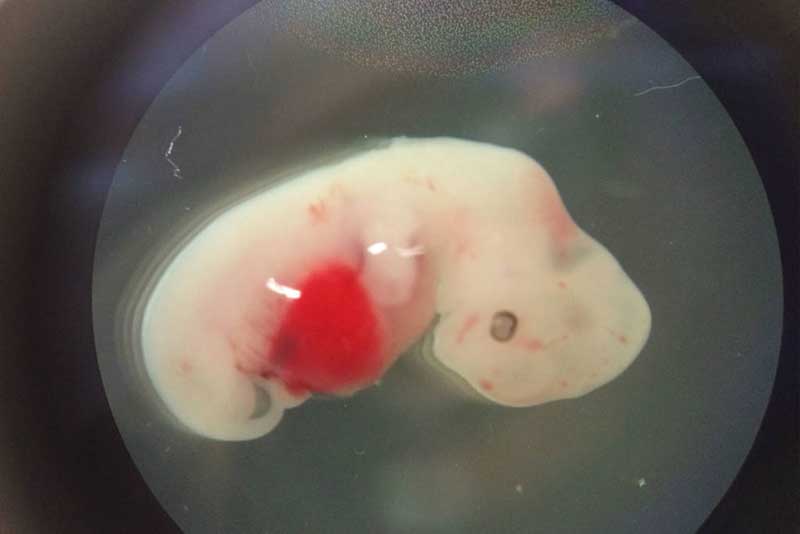
Does this offer a potential cure for diabetes and organ-related illnesses?
Before they were able to create a human-animal hybrid, the team first advanced earlier chimera research, in which scientists from the University of Tokyo used mouse pancreases grown inside rats to cure diabetes in diseased mice. This time, the Salk Institute researchers used the CRISPR gene-editing tool to delete genes mice need to grow the heart, the pancreas, and the eyes, and then introduced rat stem cells to see whether they’d be able to grow those organs. They did, and the mice grew to reach adult age. However, the experiment did produce one unexpected result. Some of those rat stem cells also grew gallbladders in the mouse, an organ that rats don’t have anymore. That points to the complexity of chimera cells, and it’s difficult to make them do exactly what you want. It’s also worth noting that rats and mice are much more closely related than humans are to pigs or sheep, so there’s no guarantee that the process could be replicated in humans.
The road to 1 per cent will be tough going
Their research was later improved upon by a team from the University of California, Davis, who used a similar technique, but with sheep embryos. The researchers opted for sheep this time, because several of their organs are very similar in size to our own, sheep embryos are easier to produce by IVF than pig embryos, and fewer embryos need to be transplanted into an adult. According to Ross, while working with pigs required transferring 50 embryos to one recipient, sheep only required four. The team was able to increase the number of human stem cells within the embryos to one in 10,000, or 0.01 per cent. Once again, though, that wasn’t enough to grow human organs, as the percentage required to achieve that feat is approximately 1 per cent, says Ross. And just like in the previous experiment, the chimeric embryos were destroyed after 28 days.
Some have raised ethical concerns, but it’s not clear they understand the tech
The biggest obstacle to further advancements in this field is that the US National Institute of Health still forbids public funding for this type of research, although it’s announced it’s considering lifting the moratorium and introducing a review process. Until then, the research will continue to rely on private funding. While there are some ethical concerns, most of it comes down to the lack of understanding of the science involved. “The contribution of human cells so far is very small. It’s nothing like a pig with a human face or human brain,” said Dr Hiro Nakauchi of Stanford University. “We have published several papers showing we can target the region, so we can avoid human cells differentiating in to [sic] the human brain or human gonads.” Other researchers agree that such concerns have been exaggerated and that it’s possible to prevent something like that from happening. According to Juan Carlos Izpisua Belmonte of the Salk Institute, we could avoid that by injecting the cells only in a particular stage of embryo development or program them to self-destruct when specific conditions are met.
In any case, this research is still in very early stages and it’ll probably be years – maybe even decades – before we’re able to grow human organs inside animals. But it does provide a glimmer of hope for people on the organ transplant waiting list, and it’s safe to say that its potential life-saving benefits far outweigh any ethical concerns that might have been raised so far.


